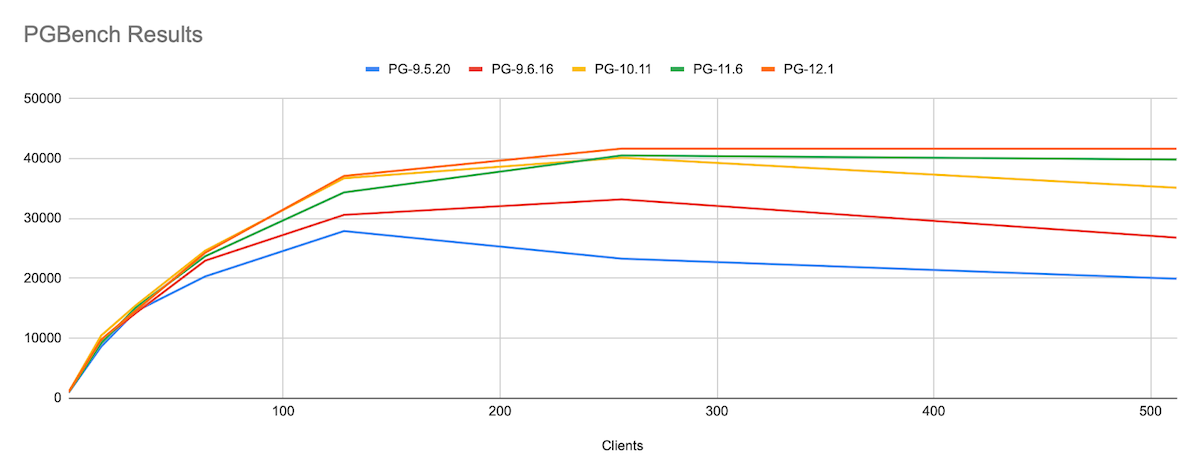Before getting into the technical details of the why and the when you need to understand the types of databases that you are using. Because the database you are using along with other factors such as the size of your business, the growth plans of your organization, and the current capacity of utilization will play a key role in your decision.
Typically, there are three types of databases. Read on to find out more about the one that you use.
1. Text-based database: The simplest form of database, these are used in small-business scenarios and follow a spreadsheet pattern of rows and columns. These databases can be limited in functionality and size. They are understood by non-IT professionals and perform the basic functions of storing, organizing, and retrieving data. With the gradual increase in your business, these types of databases will demand upgrades to handle the increased load.
2. Relational (SQL) Database: A very commonly used database type, relational databases are often used by medium to large-sized organizations. These types of databases are far more effective than text-based DBMS and offer features such as the creation of multiple databases under a single server and access to hundreds of users.
Still storing the data in a tabular form, relational databases use multiple objects related to each other. Some common SQL database systems include Oracle database , Postgres SQL, MySQL database, and SQL server.
Relational database management systems are the most widely used data storage in the world. Up until recently most of the data that was being generated by users, and systems had high degrees of structure thereby making relational databases the first choice for any organization.
For example, let’s consider a financial institution. Their most important data are customer transaction data. And as we know, transaction information has strict formats which include fields like “to”, “from”, “amount”, “date”, etc. Such a fixed structure would suit very well to a relational database management system.
3. Non-relational (NoSQL) database: Following a schema-free structure, NoSQL database systems do not follow a table structure with rows and columns. Instead, these databases consist of categories of different components such as users, files, orders, etc. Because of this, they are used to store large volumes of data and can be easily scaled horizontally. Some well-known NoSQL database systems include Couchbase and MongoDB.
Should you Upgrade or Update?
Now that you have figured out the type of database you are currently using for your organization, it is easier to evaluate its feasibility and application in your operational processes. If you are still using a text-based database system for your organization, chances are you need to upgrade your database system to a new version.
While this move to an SQL or No SQL database will definitely upgrade the entire system and way of working it will bring about certain changes in the way data is stored, managed, and protected. As a key decision-maker of the firm, these factors should be your top priority.
There will be times when the problem might not be with the database system but with the data design. If this is the case, then you would need to upgrade your database schema. Schema changes can help you write queries that run much faster and solve your problems like slow-running queries.
Whether you upgrade your text-based database, the latest MySQL update, planning to update Postgresql or any of your existing database systems, you will find certain benefits that will impact every stakeholder in your organization. As you upgrade your systems, you are enabling your staff to partake in data maintenance activities. This leaves more room for the IT staff to take care of other critical issues. Moreover, updates more often lead to increased data security and privacy. This means you will have better protection for your stored data.
A database version update operation is not always a complex task. Database creators have acknowledged the fact that databases do need updates and upgrades and thus they have built tools like upgrade script, SQL Compare, Source Control to help database administrators and developers easily perform an update or an upgrade process task. As a decision-maker, you should not assume that an update of the database will always be an expensive task in terms of cost or time.
When should you think about updating your database?
Now that you have identified your current database, your need based on some basic factors, and your decision to move forward, let’s understand ‘when’ should you hit that update button.
It doesn’t matter if you are planning to update MongoDB, SQL server, looking for the latest MySQL update, or even to update Postgres, these factors will universally be acceptable as the time to update.
1. Review of operations
Many of the leading DBMS providers take client feedback very seriously and use it to add features and changes in their future updates. So, timely reviews of the functioning database and its individual areas of performance are very important.
As a key stakeholder, you should not only conduct a regular audit of the database but also have conversations with the IT team, tech professionals, and other key members and come up with ways to increase the effectiveness of the database and its processing. The benchmarks set during these audits can help understand when the time comes to update the database system of the organization.
2. Compliance
Every organization has set a standard of operation and some of them are very strict when it comes to these compliance policies. This strictness ensures maximum throughput and security of the data. These compliance policies ensure that the critical application databases and applications with embedded databases are up-to-date. So every time the compliances are updated, ensure that your databases meet the criteria. If not, then it is time to hit that button.
3. Performance
Updates for databases are designed to fix any errors in the previous version and also focus on improving the performance. Similarly, the throughput of the database acts as a driving factor to decide whether an update is required or not. Constant benchmarking tests are performed by companies that prove that updates can lead to increased throughput and performance.
In a recent benchmark for Postgres, the results found that when you update Postgres, you see the numbers increase and perform better with every update. Here is a screenshot of the same.

These benchmarks are usually run in a test environment. The reason for this is benchmarking programs can lock certain tables or even use the bandwidth of the database server thereby reducing the throughput of the database system. Having a test environment allows organizations to constantly run benchmarks and monitor performance.
4. Creating data standards
As an organization, you need to create a set of standards for your database management systems and adhere to them. This will not only help you maintain a stable data processing operation but also maintain privacy and enable easy error detection.
Once you have set up these standards, you will be able to use them as a benchmark and whenever the standards are being violated it means now is the time to get that MySQL update.
5. Sync system upgrades with database upgrades
Many organizations are vulnerable to cyber-attacks because they fail to update their databases on time. While other systems are always updated on priority, databases get left behind and become the cause of massive cyber-attacks like the theft of 191 million voter identities in 2015.
Instead of waiting to get signs to update your database, you can use the update cycle of other important systems of the organization as a reminder to check for and update databases whenever required. This will not only ensure maximum throughput but also maximum data security.
Conclusion
If you are a key stakeholder in an organization, or even if you are someone who is responsible for optimal utilization of data and databases, chances are you work diligently to ensure a smooth flow of operations. The above-mentioned checks are some pointers that you should keep in mind. Each of them will help identify the right time to update your databases. At OptimizDBA, we have expertise in database updates and consult organizations on when to perform it and how to do it with the least impedance to operations. Get in touch with us if you are looking for expert opinions on your current database infrastructure.

